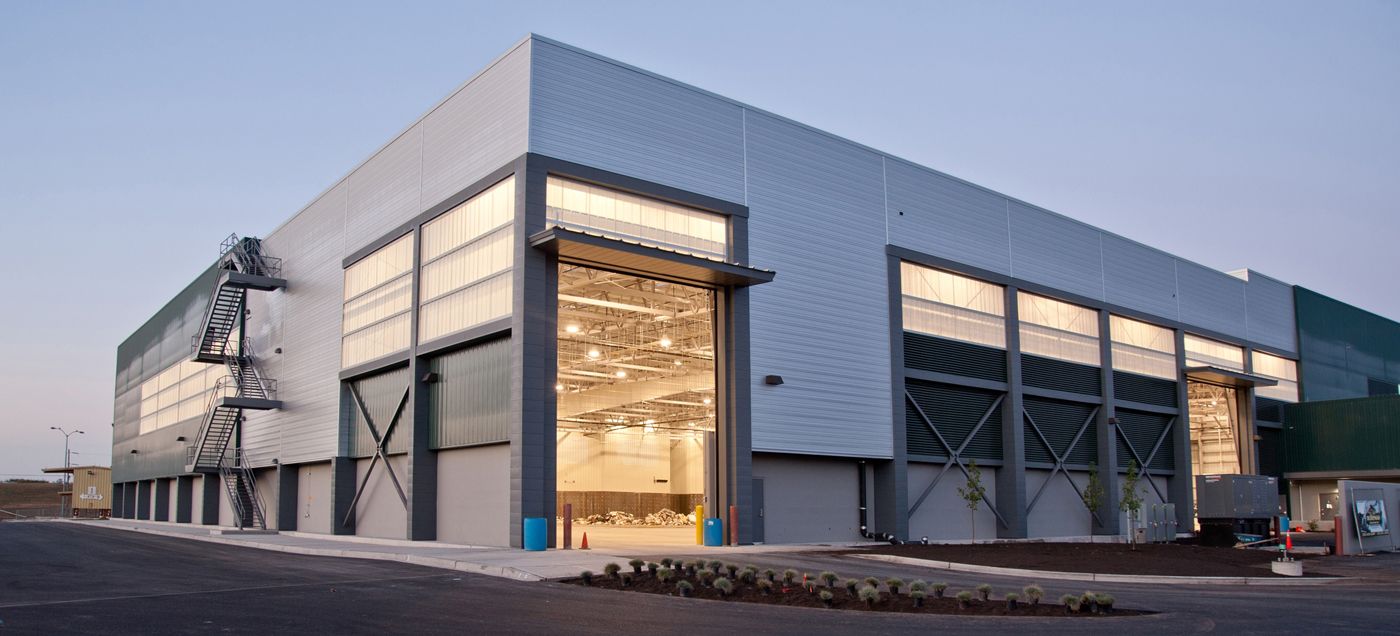The quest for affordable housing in India has gained momentum due to rapid urbanization and increased migration to cities. Simultaneously, there’s a growing emphasis on sustainability, driving the need for materials that balance energy efficiency and environmental impact. In this era of innovation, low-cost building materials not only provide access to permanent housing for the economically disadvantaged but also contribute to sustainability when locally available resources are harnessed. Let’s delve into the world of construction and explore some of the best materials for affordable housing in India.
1. Bamboo: A Time-Honored Choice
Bamboo, one of the earliest building materials known to mankind, remains a steadfast option for constructing homes in rural regions of Asia, Africa, and Latin America. In India, where bamboo is abundant, it is a green building material valued for its low cost, durability, and lightweight nature. However, it should be treated with termite-resistant chemicals. Bamboo holds remarkable tensile strength, comparable even to steel, making it suitable for earthquake-prone areas. It’s also fire-resistant and finds use in roofing with corrugated bamboo sheets, serving as a substitute for asbestos and galvanized sheets.
2. Concrete Blocks: A Foundation of Strength
Concrete blocks, manufactured according to builders’ specifications, come in both solid and hollow variations. Comprising Portland cement, water, stone or quartz, these blocks are lightweight, durable, and fire-resistant. These blocks find use in foundations, basement walls, and partition walls, with the option to reinforce cores with steel rods. Being termite-resistant and providing natural insulation against heat and cold, they are soundproof and sturdy, serving as an excellent choice for various construction elements.
3. Prefabricated Houses: An Efficient Alternative
In the face of escalating brick-and-mortar costs, prefabricated houses emerge as an efficient solution for affordable permanent housing. These houses are constructed from factory-manufactured components, which are then assembled on-site. Steel frames, wooden panels, cement, gypsum, along with pre-fabricated doors, windows, and ceilings come together to form these structures. While initial material costs might be slightly higher, their efficiency and reduced labor expenses offset the overall construction expenditure. By eliminating auxiliary activities like wiring, plumbing, and plastering, these houses streamline the construction process.
4. Compressed Earth Bricks: A Sustainable Option
Compressed earth bricks, also known as adobe bricks, are fashioned from mud and reinforced with lime and cement. Lightweight, non-toxic, and fire-resistant, these bricks find use in exterior stucco work. Among low-cost building materials, they are celebrated for their affordability and durability.
5. Interlocking Bricks: A Green Choice
Interlocking bricks, designed with projections and depressions, create walls akin to jigsaw puzzles. Comprising laterite stone powder, cement, and gravel, they provide natural drying and sturdiness. These bricks are an eco-friendly alternative to baked bricks and offer comparable strength.
6. Natural Fiber Reinforced Mud Bricks: A Sustainable Blend
Mud bricks fortified with natural fibers from coconut and straw create weather-resistant homes in rural areas. These fibers enhance strength, while a sulfur coating bolsters water resistance. Other fiber bricks, incorporating materials like cereal straw, bagasse, corn straw, and rice husk, combine with cement for corrosion resistance and robustness.
7. Magnesium Oxide Cement: A Green Marvel
Also known as ‘eco-cement,’ magnesium oxide cement utilizes waste materials, offering high durability with minimal energy consumption during production. It’s environmentally friendly and safe for residents.
8. Fly Ash Hollow Bricks: Efficient and Insulating
Fly ash hollow bricks, constructed with fly ash, stone powder or sand, slag, cement or gypsum, provide natural thermal insulation. These bricks, energy-efficient and water-resistant, are used for load-bearing walls in low-rise buildings.
9. Shipping Container Homes: A Recyclable Trend
Steel shipping container homes gain traction for their recyclable nature. These containers are cost-effective and can be assembled on a prepared foundation, providing an affordable solution for sustainable housing.
10. Autoclaved Aerated Concrete (AAC): Lightweight and Versatile
AAC blocks, comprising gypsum, lime, quartz sand, water, and aluminum powder, are heat-resistant and lightweight. They are suitable for both interior and exterior walls, reducing energy costs and generating less waste compared to traditional concrete.
In the pursuit of affordable housing, these materials not only reduce costs but also contribute to the environment’s well-being. By harnessing the power of innovation and local resources, India can pave the way for a future where housing is not just affordable, but also sustainable and enduring.


